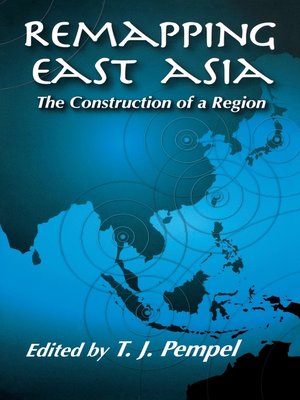Remapping East Asia
ebook ∣ The Construction of a Region · Cornell Studies in Political Economy
By T. J. Pempel

Sign up to save your library
With an OverDrive account, you can save your favorite libraries for at-a-glance information about availability. Find out more about OverDrive accounts.
Find this title in Libby, the library reading app by OverDrive.



Search for a digital library with this title
Title found at these libraries:
| Library Name | Distance |
|---|---|
| Loading... |
An overarching ambiguity characterizes East Asia today. The region has at least a century-long history of internal divisiveness, war, and conflict, and it remains the site of several nettlesome territorial disputes. However, a mixture of complex and often competing agents and processes has been knitting together various segments of East Asia. In Remapping East Asia, T. J. Pempel suggests that the region is ripe for cooperation rather than rivalry and that recent "region-building" developments in East Asia have had a substantial cumulative effect on the broader canvas of international politics.
This collection is about the people, processes, and institutions behind that region-building. In it, experts on the area take a broad approach to the dynamics and implications of regionalism. Instead of limiting their focus to security matters, they extend their discussions to topics as diverse as the mercurial nature of Japan's leadership role in the region, Southeast Asian business networks, the war on terrorism in Asia, and the political economy of environmental regionalism. Throughout, they show how nation-states, corporations, and problem-specific coalitions have furthered regional cohesion not only by establishing formal institutions, but also by operating informally, semiformally, or even secretly.







